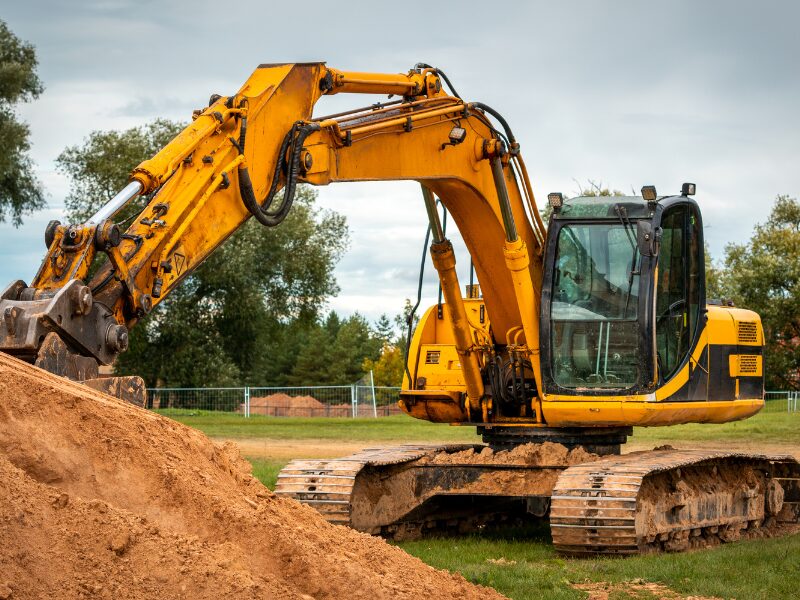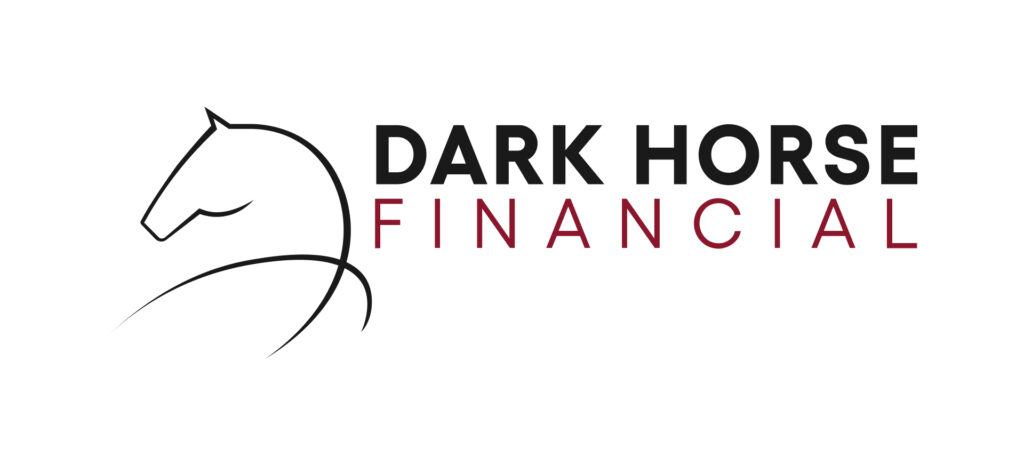Key Takeaways
- Equipment financing is ideal for purchasing specific business assets, while overdrafts can be used for any business purpose, including payroll, supplier payments, emergencies, and more.
- Equipment loans offer fixed terms and structured repayments, whereas overdrafts provide revolving credit, usually with flexible repayment.
- Interest rates on equipment finance are typically lower than those on business overdrafts, making them more cost-effective for long-term purchases.
- Equipment finance often comes with tax advantages like depreciation and GST credits, which overdrafts generally do not offer.
- Equipment finance is secured against the asset being purchased, while overdrafts offer both secured and unsecured options.
- Overdrafts offer more flexibility in spending, but equipment loans are purpose-built and better aligned with large, planned investments.
- Equipment finance is best for acquiring high-value machinery; overdrafts are best for managing operational costs.
- You can technically use an overdraft to purchase equipment, but it’s advisable to stick with equipment finance for asset purchases since it’s built for that specific purpose.
- A balanced financial strategy often uses both tools: equipment finance for assets and overdrafts for liquidity management.
Many businesses turn to some form of financing to help them cover a variety of expenses, from operational costs to equipment purchases. Among the available funding options, two commonly used by businesses are equipment financing and overdraft facilities.
Let’s explore the fundamental differences between these two options, evaluate their pros and cons, and find out how to secure the best financing option depending on your specific situation.
Equipment Financing in Australia
Australian businesses often rely on equipment finance to invest in assets like heavy equipment, vehicles, and machinery. Equipment financing offers a cost-effective and tax-efficient way to fund big-ticket purchases.
There are several types of equipment financing in Australia:
- Chattel Mortgage: The most popular option, where the business owns the equipment from day one, and the lender uses it as security.
- Finance Lease: The lender owns the equipment, and the business leases it for a fixed period. The business may purchase, return, or continue renting the asset at the end of the term.
- Hire Purchase: The lender buys the equipment, and the business pays instalments, with the option to eventually own it.
Pros and Cons of Equipment Financing
Pros:
- Preserves Working Capital: Equipment financing allows businesses to preserve their cash flow and working capital for other operational needs, rather than tying up funds in equipment purchases.
- Fixed Interest and Repayments: Many equipment loans offer fixed rates, making budgeting easier. Businesses can plan their expenses without worrying about fluctuating repayments.
- Tax Advantages: Under current Australian tax laws, businesses may be able to claim depreciation, GST input tax credits, and interest expenses on financed equipment.
- Ownership of Equipment: With options like a chattel mortgage, the business takes ownership of the equipment immediately, allowing full use and modifications.
- Improved Cash Flow: The asset generates income while repayments are spread out over time, creating a better alignment of income and expenses.
Cons:
- Commitment to Long-Term Debt: Equipment finance agreements are typically long-term, meaning businesses must commit to regular repayments regardless of business conditions.
- Asset Depreciation: The equipment may lose value quickly, potentially leaving the business with an outdated asset before the loan is repaid.

Overdrafts in Australia
A business overdraft allows a business to draw more than what’s in its account, up to a pre-approved limit. Interest is only charged on the amount used, not on the entire limit. This feature makes overdrafts attractive for covering temporary cash flow shortfalls, paying suppliers, or managing seasonal income fluctuations.
Pros and Cons of Overdrafts
Pros:
- High Flexibility: There’s no fixed repayment schedule—businesses can pay down the overdraft at their own pace, depending on cash availability.
- Quick Access to Funds: Funds are readily accessible once the facility is in place. This makes overdrafts useful in urgent or unexpected situations.
- No Need for Specific Purchases: Unlike equipment financing, which is tied to a specific asset, overdrafts can be used for any business purpose.
- Revolving Credit: As repayments are made, the credit becomes available again without reapplying, ideal for ongoing working capital needs.
Cons:
- Higher Interest Rates: Compared to equipment loans, overdraft interest rates tend to be higher, making them more expensive over time.
- Ongoing Fees: Banks often charge annual or monthly facility fees, even if you don’t use the overdraft.
- Temptation to Overuse: The revolving nature of overdrafts can lead to dependency and poor financial discipline if not managed carefully.
What is the Difference Between Equipment Financing and Overdrafts?
Equipment financing refers to a specific type of asset-based loan used to purchase business equipment, vehicles, or machinery. The purchased equipment generally serves as security for the loan.
On the other hand, an overdraft is a revolving line of credit attached to a business transaction account. It allows businesses to withdraw more money than is currently available in the account, up to an agreed limit. Overdrafts are flexible and are often used for cash flow management rather than long-term asset purchases, though technically, you can use one to purchase equipment as well.
Equipment Financing vs. Overdrafts: Key Distinctions
| Equipment Financing | Business Overdraft | |
|---|---|---|
| Purpose | Purchase of specific equipment/assets | Versatile line of credit that can be used for any business expense |
| Security | Secured against equipment | May be unsecured or secured |
| Interest Rates | Generally lower than overdrafts | Generally higher than equipment financing |
| Repayment | Scheduled repayments | Flexible repayment, interest only on funds used |

Overdraft Facilities for Equipment Purchase
Can I use a business overdraft to finance equipment purchases? While business overdrafts are not traditionally used to fund equipment purchases, some businesses use them to cover equipment purchases, especially when fast access to funds is needed or the amount is relatively small.
Is equipment financing better than using an overdraft for purchasing machinery? Yes. Since equipment finance is specifically built for the purchase of assets, it’s the best type of financing if you want to buy machinery.
What are the Advantages of Equipment Financing Over Overdrafts for Equipment Purchases?
Let’s summarise the key benefits of choosing equipment finance over using an overdraft for asset purchases:
- Tailored for Asset Acquisition: Designed specifically for buying and owning business equipment, ensuring you’re using the right financial tool for the job.
- Lower Cost of Borrowing: Generally offers more competitive interest rates and structured repayments.
- Improved Budgeting and Planning: Fixed repayments make it easier to manage cash flow and plan future expenses.
- Tax Benefits: Greater opportunity for depreciation claims, GST credits, and instant asset write-offs.
How Do Interest Rates Compare Between Equipment Loans and Business Overdrafts?
Interest rates for equipment financing in Australia generally start lower than those for overdrafts. This is because equipment loans are secured against tangible assets, reducing the lender’s risk. Overdrafts, being more flexible and often unsecured, carry higher interest rates to compensate for risk.
- Equipment Loans: Interest rates typically range from 5% to 9% p.a., depending on the asset, loan term, and creditworthiness.
- Business Overdrafts: Rates can range from 8% to 15% p.a., often with additional facility fees and charges.
It’s important to compare the total cost of borrowing, not just the interest rate. Fees, repayment schedules, and tax implications can all impact the net benefit.
Asset-Based Lending vs. Overdrafts
Here’s how the two compare:
| Asset-Based Lending (e.g. Equipment Finance) | Business Overdraft | |
|---|---|---|
| Security | Tied to a specific asset | May be unsecured or secured |
| Use of Funds | Restricted to asset purchase | Flexible |
| Loan Amount | Based on asset value | Based on cash flow, credit profile |
| Repayment | Regular, predictable repayments | Revolving credit that you can repay as needed |

Using Equipment Financing and Overdrafts Together
While equipment financing and overdraft facilities serve different purposes, they can complement each other effectively within a well-rounded business finance strategy. Equipment finance allows you to invest in essential machinery or vehicles without draining your cash reserves, while your overdraft provides the flexibility to handle day-to-day expenses, seasonal fluctuations, or unexpected costs.
By financing your equipment through a structured loan, you keep your overdraft limit available for working capital. This dual approach helps maintain strong cash flow, reduces financial stress, and supports both long-term growth and short-term stability.
Final Thoughts
Choosing between equipment financing vs overdrafts in Australia is about more than just accessing funds—it’s about aligning your finance strategy with your business goals. Equipment financing offers a structured, tax-effective solution for asset acquisition, while overdrafts provide flexibility for any business need.
For most businesses, the smartest approach is to use both tools strategically—equipment finance for capital investments, and overdrafts for working capital and liquidity management.
Get the Financing Your Business Needs
We can help you secure the best financing options for business equipment as well as overdrafts. If you’re considering your next equipment purchase or want to optimise your working capital, contact our team for a consultation.





